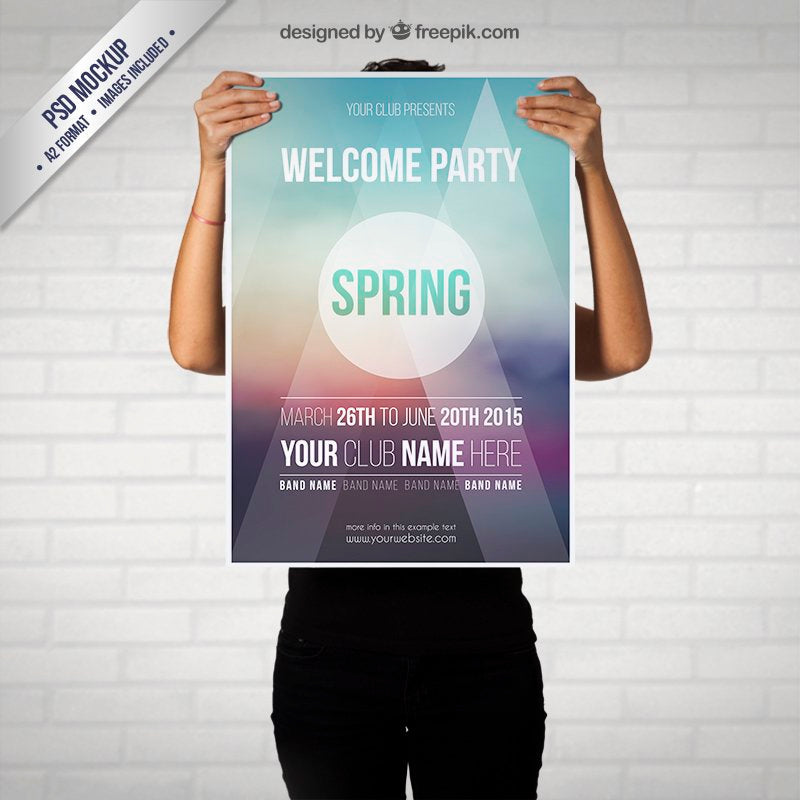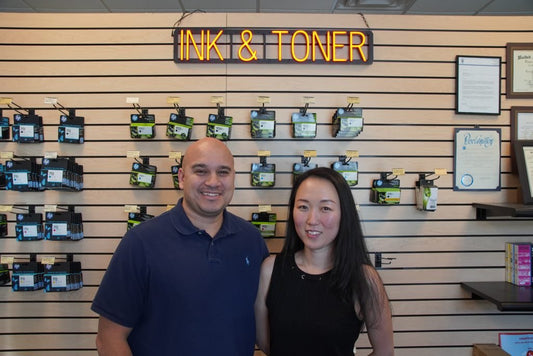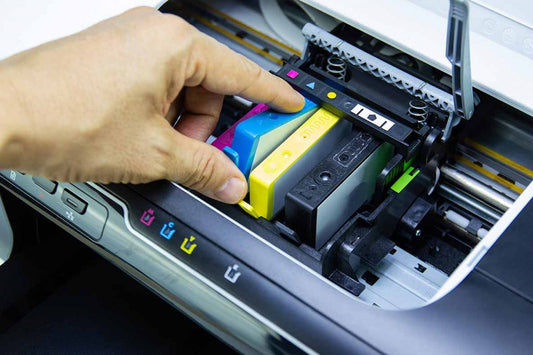If you’ve ever thrown a party, booked a gig, lost your cat, or wanted to hang up some personalized artwork in your home, you’ve considered printing a poster. Contrary to popular belief, printing posters really aren’t all that complicated, and for several types and sizes, you won’t even need to bring your artwork to a professional! Once you have your art down, there are a few things you’ll need to do before hitting the print button, so we’ve put together 5 tips for printing an eye-catching poster that will more than do the job.
-
Work In CMYK
An often-overlooked method when printing posters are to make sure you’re printing with the right color format. Many design tools, such as Photoshop, start out in an RGB format, which is beautiful on screen but complicated on paper. RGB has a wider array of colors, but unfortunately, many of those colors don’t translate to print well and can actually cause issues with the final formatting of your poster. Photoshop, InDesign, and even Acrobat offer the ability to easily switch over to CMYK and trust us when we say you’ll appreciate it later.
-
Get The Right Resolution
Resolution in the printing world means more than just deciding to go to the gym more frequently. The resolution you use when building your artwork will make the difference between a blurry or pixelated image and a final, beautiful one for your poster. Working in 300 DPI (dots per inch) in your design program is the industry standard, and will ensure beautiful print most of the time.
-
Size Does Matter
If you’re outsourcing your poster to a print shop (which is recommended if you’re going larger than 8.5×11” paper), you’ll want to pay attention to your sizing. Most printers require bleed, which is a fancy term for the amount of space that will get cut off during the finishing process. Adding 1/8” to your artwork size and staying within the original size lines will make it so your printer has enough wiggle room when cutting the poster.
-
Pay Attention To Source
When you designed your poster, did you take any images from Google? If so, you might want to be careful. Many stock images, or generic images, are copyrighted by the company who took the picture, which means that you can’t use them without paying a fee or inquiring about rights. Company logos are also pretty risky, and you usually need express permission from the company before printing anything with the logo on it. For a home poster, this probably won’t be a concern, but if you’re printing for your Little League team and want to have the Dodgers on it, you should tread lightly.
-
Print En Masse
Printing promotional posters, as opposed to home posters, usually means you’ll be advertising something. In order to reach as many people as possible, blanketing an area with posters is a good idea – and actually more cost-effective. Printing multiple posters of the same design at one time is more affordable than only running off one or two since the printer will purchase the paper in bulk anyway.




